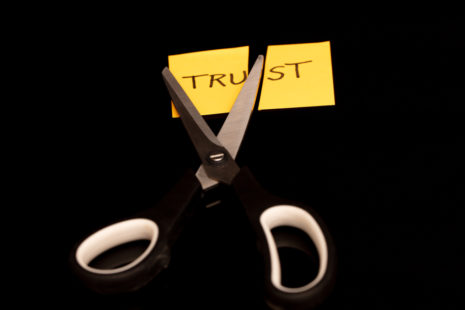The Science Behind Lasting Behavioral Change: A Leader’s Guide
Understanding how the human brain forms and changes habits is crucial for leaders who want to effectively guide their teams from competition to collaboration. Recent advances in neuroscience have revealed fascinating insights into the mechanisms of behavioral change, providing leaders with evidence-based strategies to foster lasting improvements in their organizations.
The Neuroscience of Habit Formation
At the core of behavioral change lies the brain’s remarkable plasticity—its ability to form new neural pathways and strengthen existing ones through repeated experiences. When we engage in a behavior, neurons fire together in specific patterns. As neuroscientist Donald Hebb famously stated, “Neurons that fire together, wire together.” This process, known as neuroplasticity, explains why habits become more automatic with repetition.
Research from the Massachusetts Institute of Technology has shown that habit formation primarily involves the basal ganglia, a group of brain structures crucial for learning and automation. When a behavior becomes habitual, it requires less activity in the prefrontal cortex—the brain’s executive control center—making it more efficient and requiring less conscious effort.
The Three-Component Model of Behavioral Change
Contemporary neuroscience supports a three-component model of behavioral change:
1. Awareness
The first step in changing behavior involves activating the prefrontal cortex through conscious awareness. Leaders must help their teams recognize current patterns and understand the need for change. Research published in the Journal of Neuroscience demonstrates that increased activity in the prefrontal cortex precedes successful behavior modification.
2. Motivation
The brain’s reward system, centered in the nucleus accumbens, plays a crucial role in motivation. When people anticipate positive outcomes, dopamine release increases, reinforcing behaviors that led to those outcomes. Leaders can leverage this by:
- Creating clear connections between desired behaviors and positive results
- Establishing meaningful rewards that align with individual and team values
- Fostering an environment where progress is celebrated and recognized
3. Capability
Building new neural pathways requires consistent practice under the right conditions. Studies from Stanford University’s Behavior Design Lab show that success rates increase dramatically when:
- Complex changes are broken down into smaller, manageable steps
- The environment supports the desired behavior
- People have access to necessary resources and support
Evidence-Based Leadership Strategies
Create Psychological Safety
Research from Harvard Business School demonstrates that psychological safety—the belief that one won’t be punished for making mistakes—is crucial for behavioral change. When people feel safe, the amygdala (the brain’s threat detection center) is less active, allowing for more creative thinking and willingness to try new behaviors.
Leverage Social Learning
The discovery of mirror neurons explains why behavior is so strongly influenced by social contexts. These specialized brain cells activate both when we perform an action and when we observe others performing the same action. Leaders can utilize this by:
- Modeling desired behaviors consistently
- Creating opportunities for peer learning and mentorship
- Sharing success stories that highlight effective behavior change
Design for Habit Formation
Recent studies in behavioral economics suggest that environmental design is often more effective than willpower alone. Leaders should:
- Remove barriers to desired behaviors
- Create visible cues and reminders
- Establish routines that support new habits
- Build in immediate feedback mechanisms
Implementation Framework
To put these scientific insights into practice, leaders should follow this evidence-based framework:
- Begin with thorough assessment of current behaviors and desired outcomes
- Identify specific, measurable behavioral targets
- Create supportive environmental conditions
- Establish clear feedback mechanisms
- Build in regular review and adjustment periods
Measuring Success
Behavioral change can be measured through both quantitative and qualitative metrics:
- Performance data related to target behaviors
- Regular feedback surveys
- Observational assessments
- Individual and team reflection sessions
The Role of Time and Consistency
While the popular notion that it takes 21 days to form a habit has been debunked, research from University College London suggests that the actual time varies from 18 to 254 days, depending on the complexity of the behavior and individual differences. Leaders should set realistic expectations and maintain consistent support throughout the change process.
Conclusion
The science of behavioral change offers leaders powerful tools for driving lasting transformation. By understanding the neural mechanisms behind habit formation and applying evidence-based strategies, leaders can create environments that support sustainable behavior change. Success requires a balanced approach that addresses awareness, motivation, and capability while maintaining psychological safety and consistent support.
The most effective leaders recognize that behavioral change is not just about willpower or knowledge—it’s about creating the right conditions for the brain’s natural learning mechanisms to work optimally. By applying these neuroscience-based principles, leaders can guide their teams through meaningful and lasting change.







